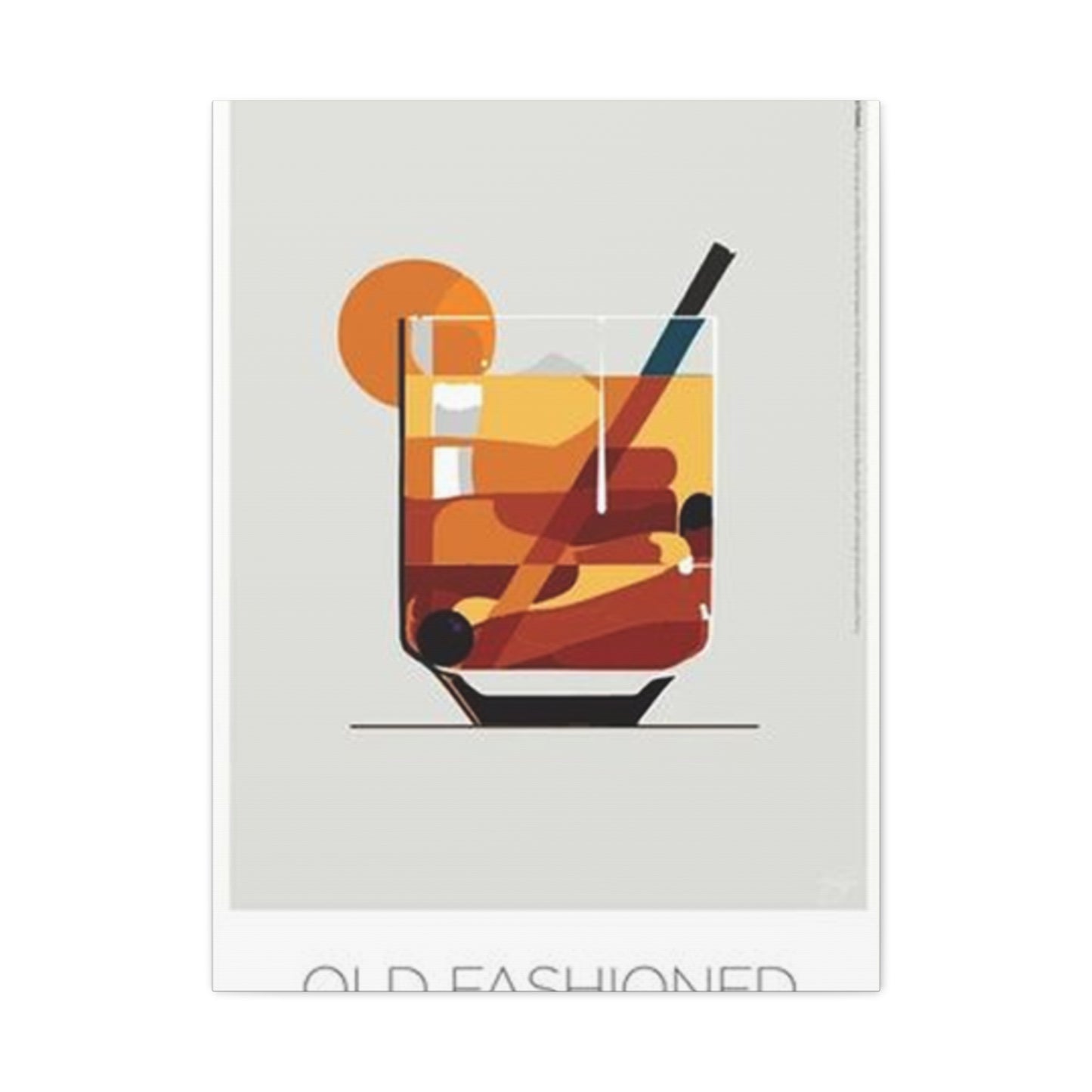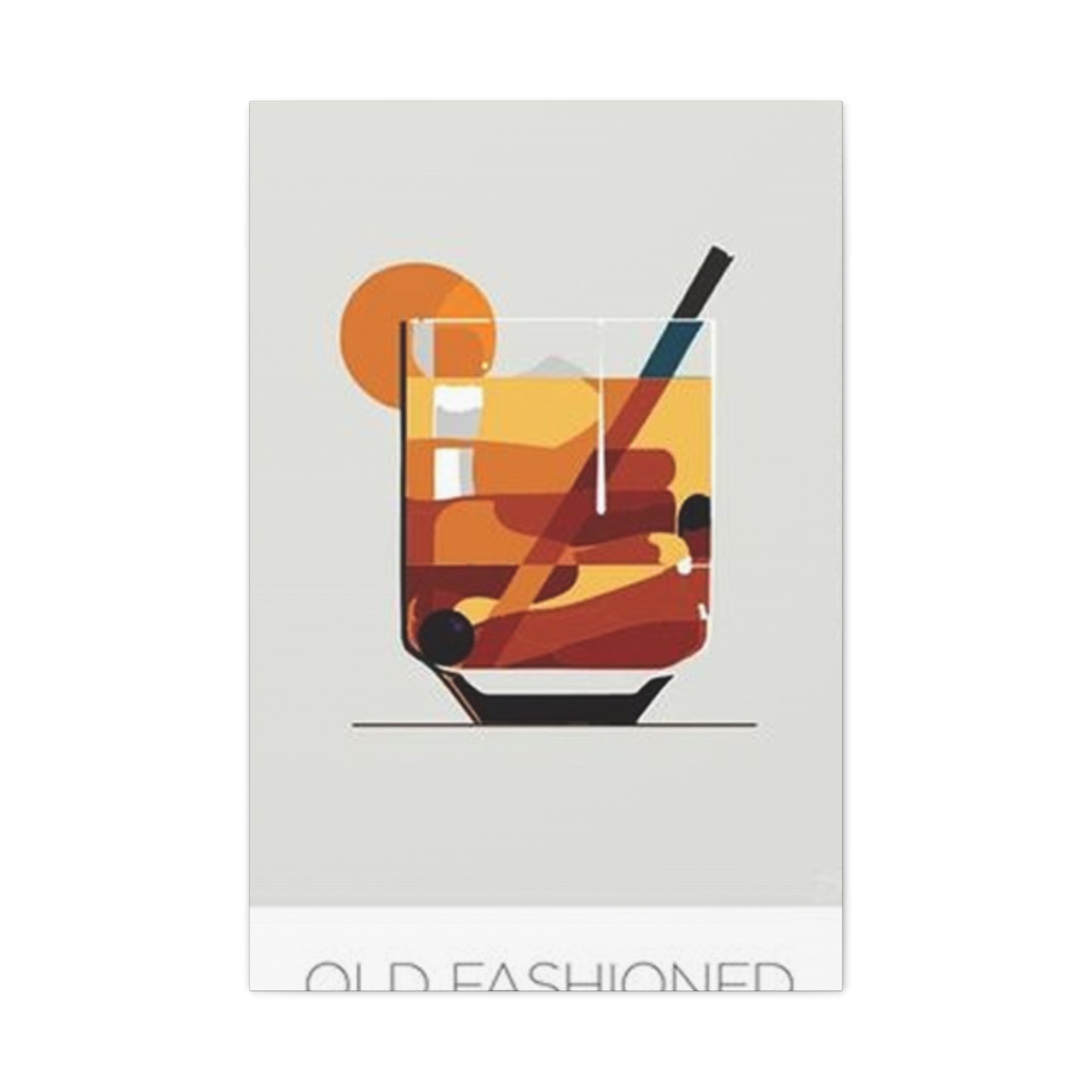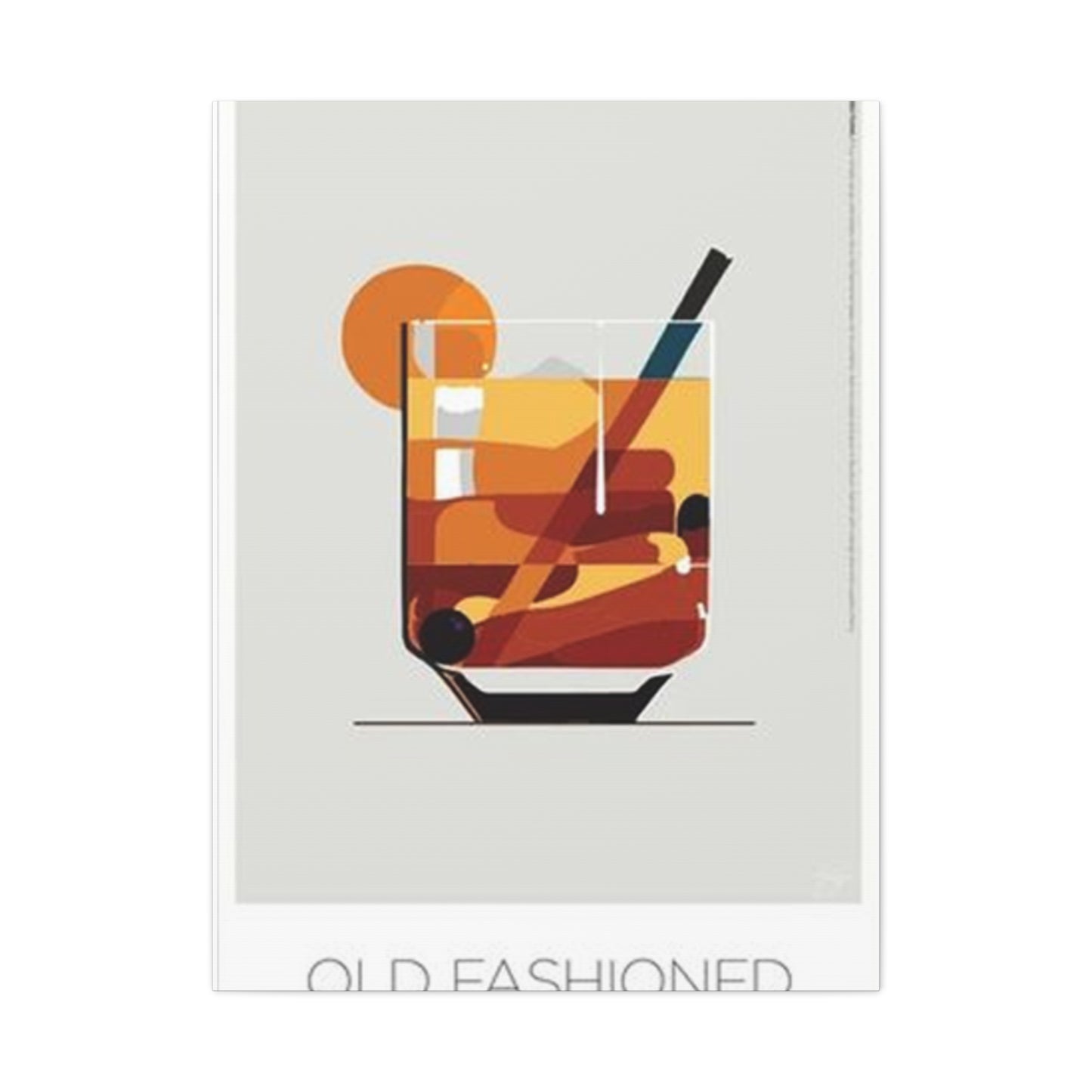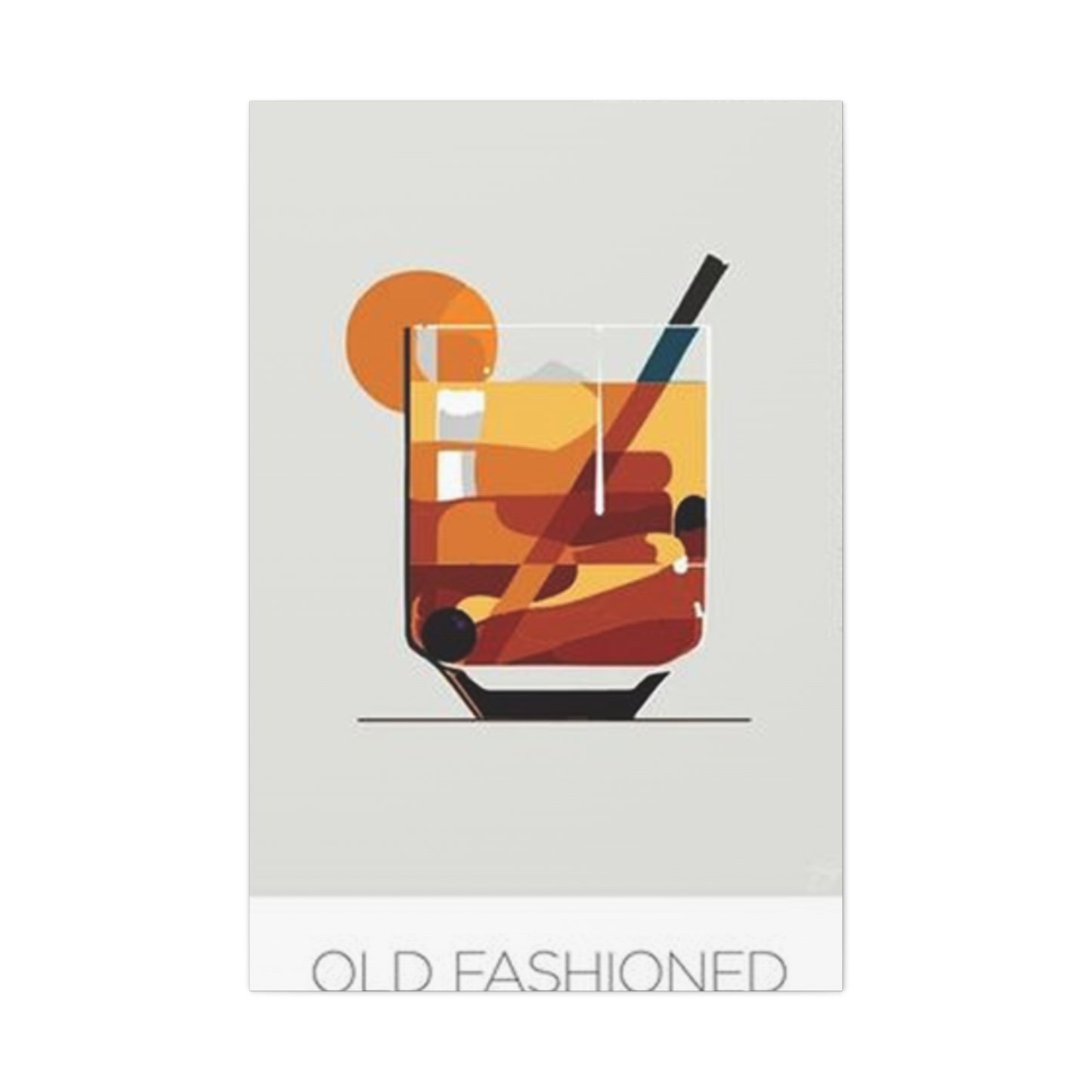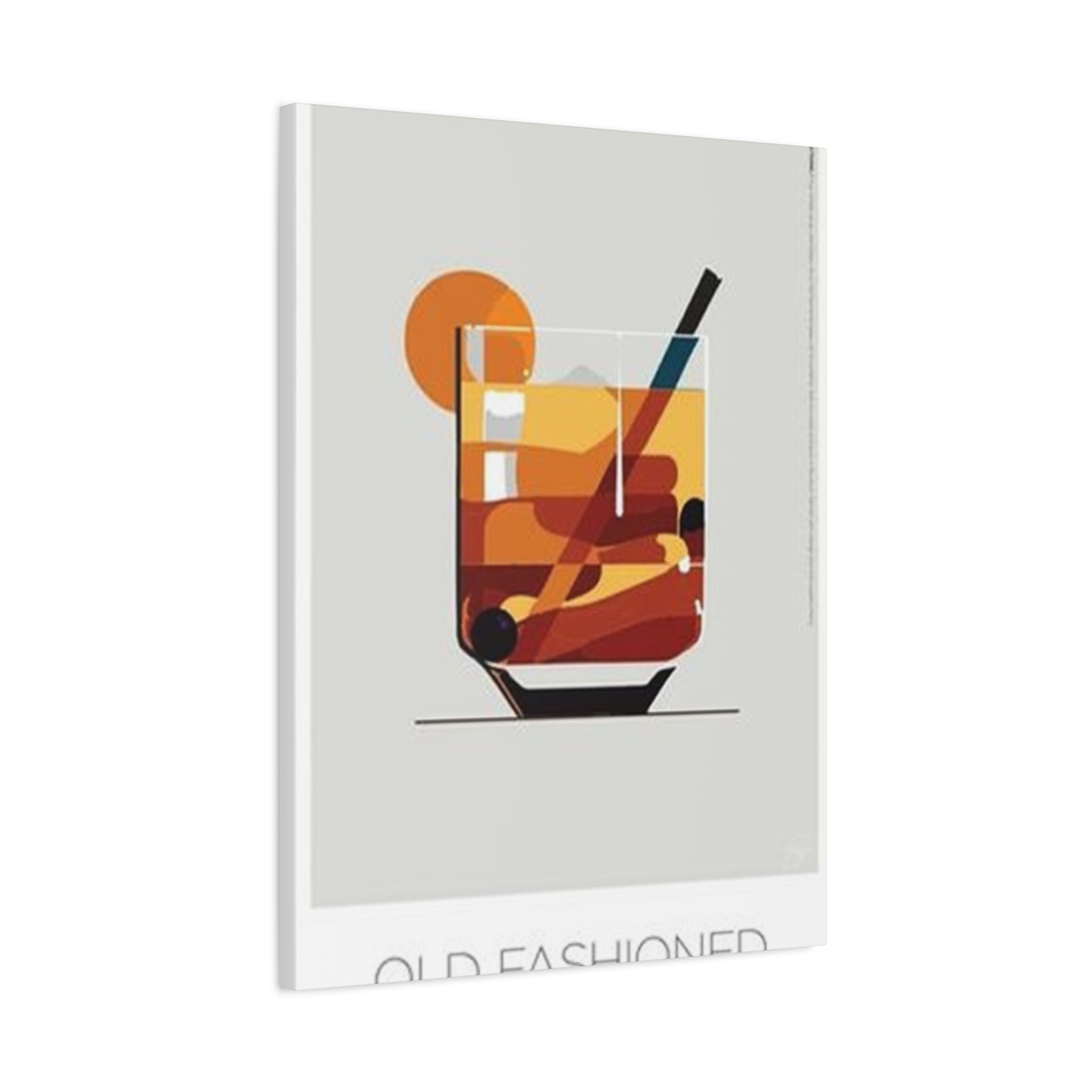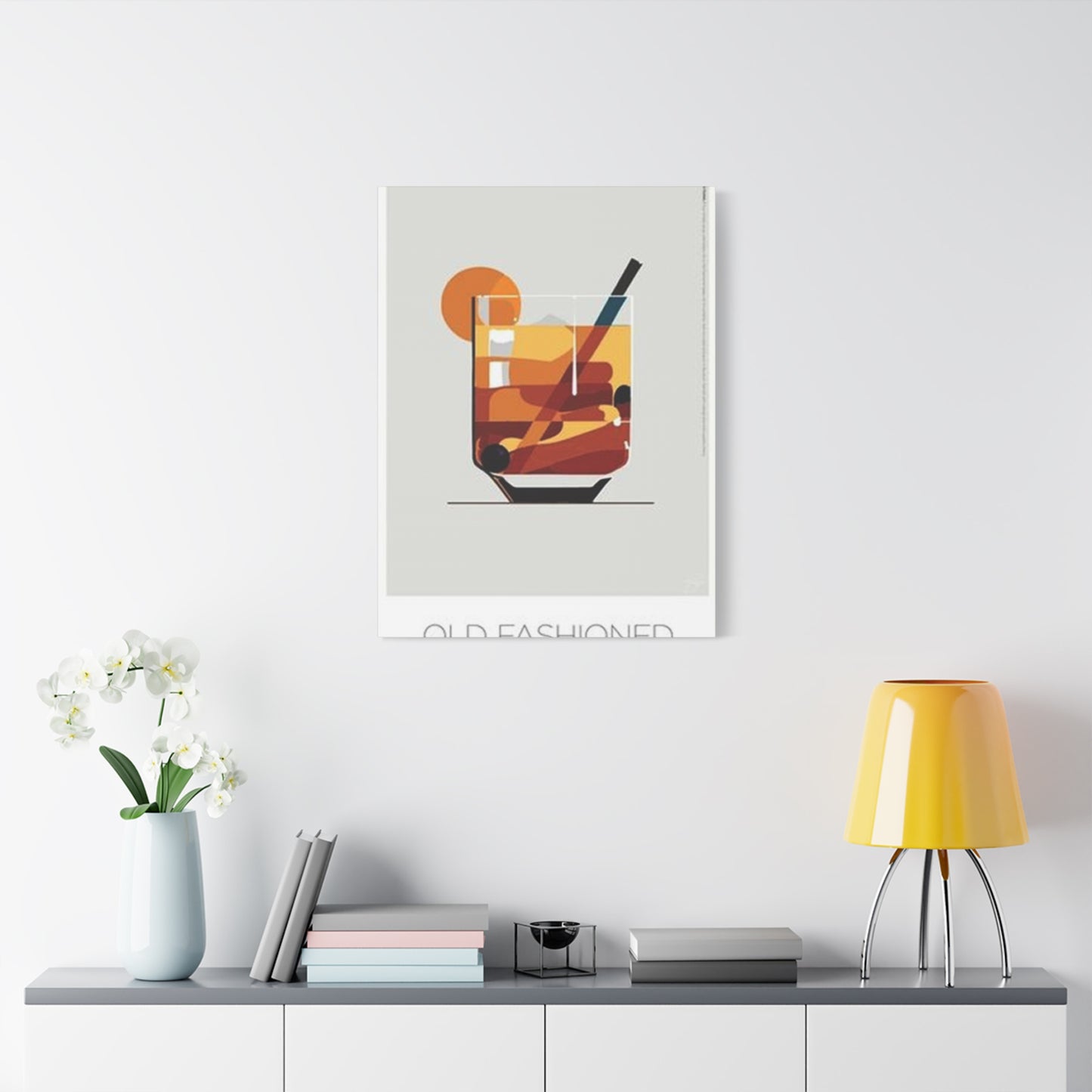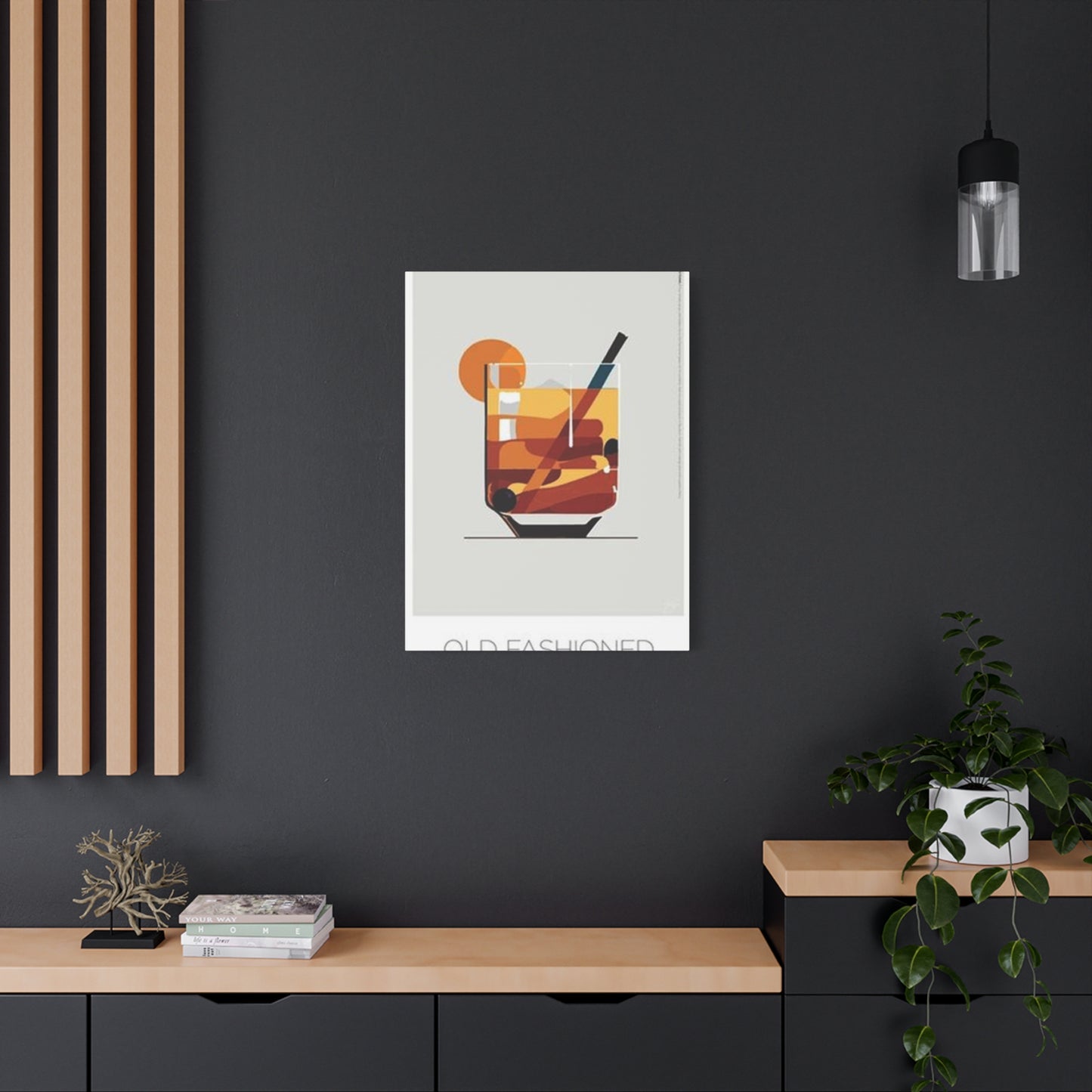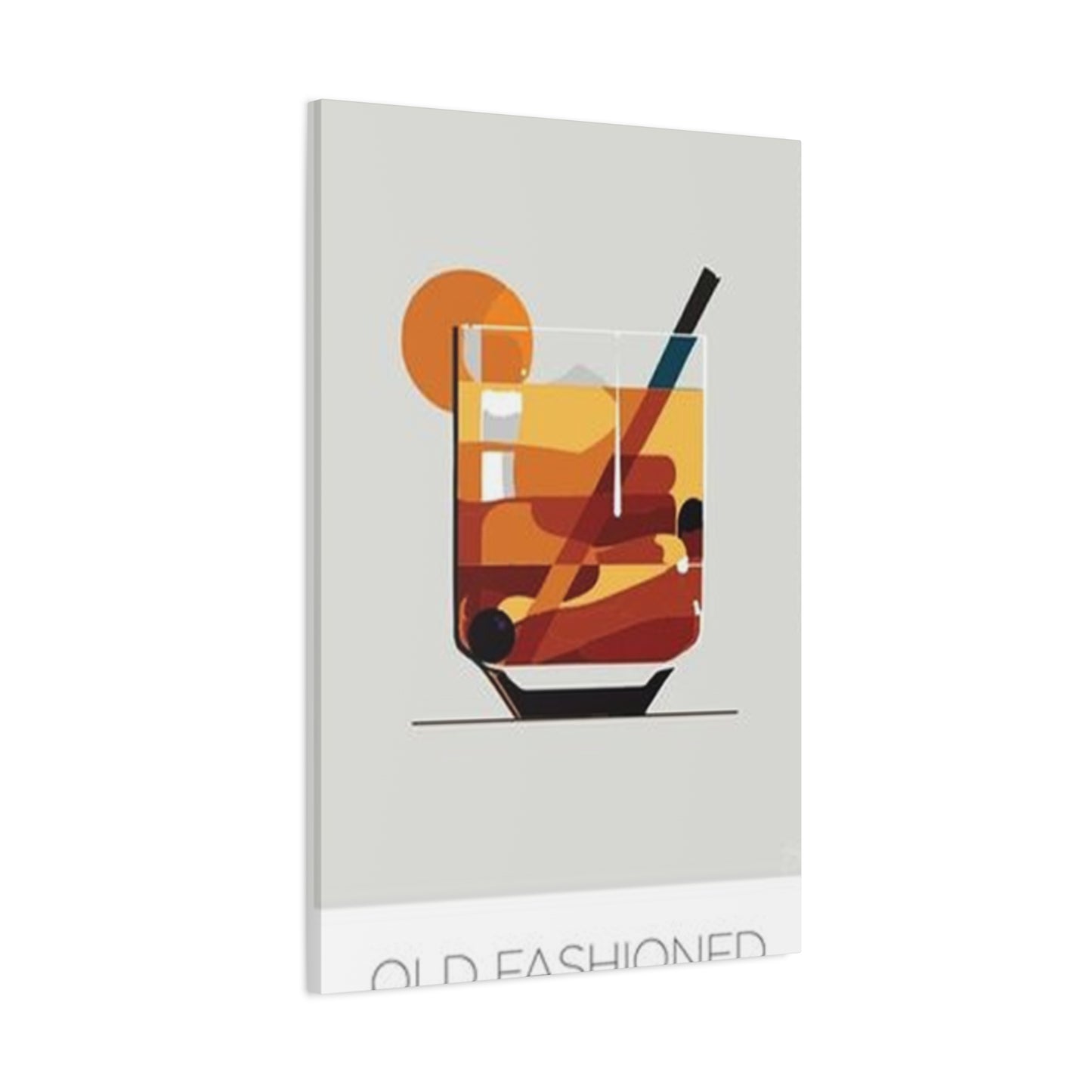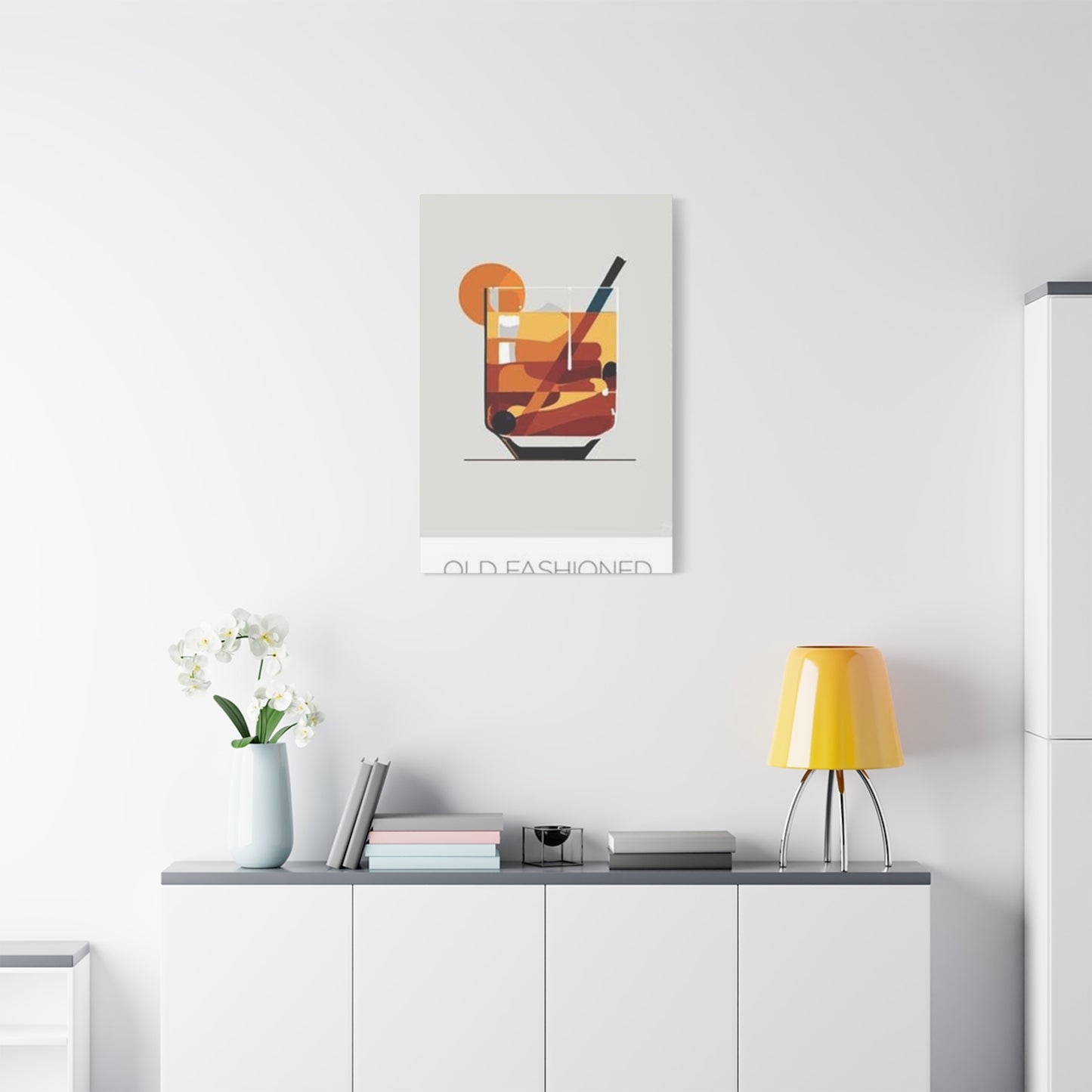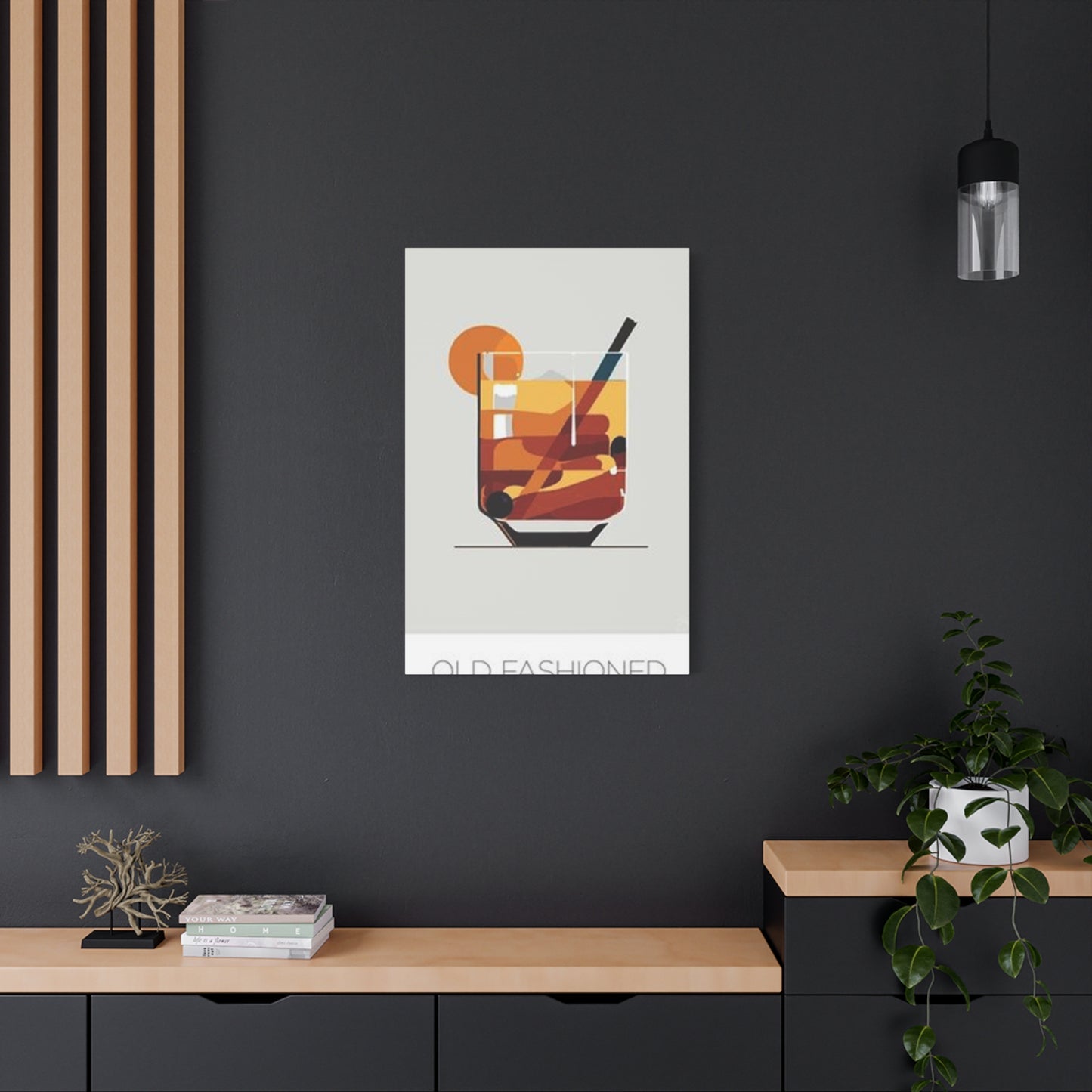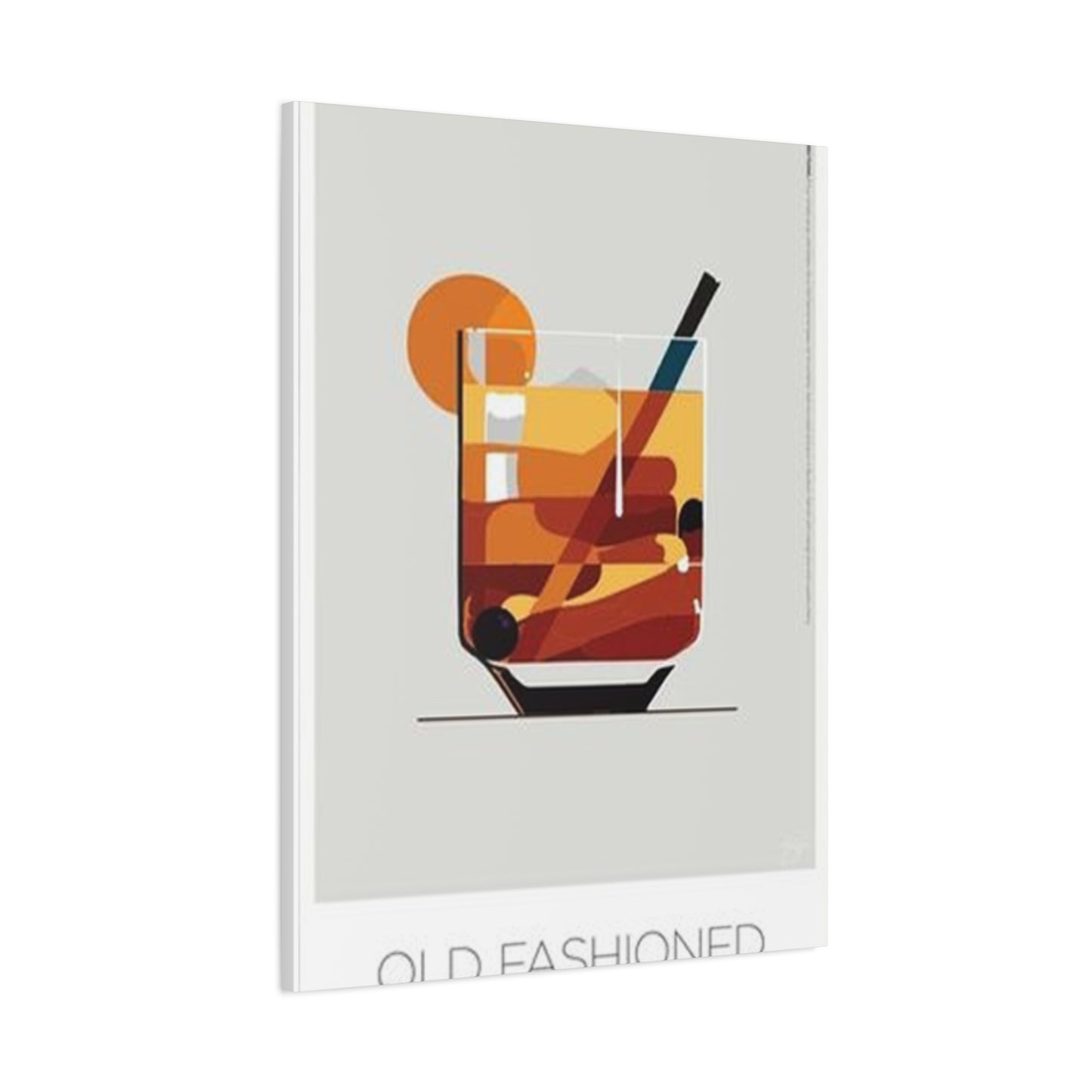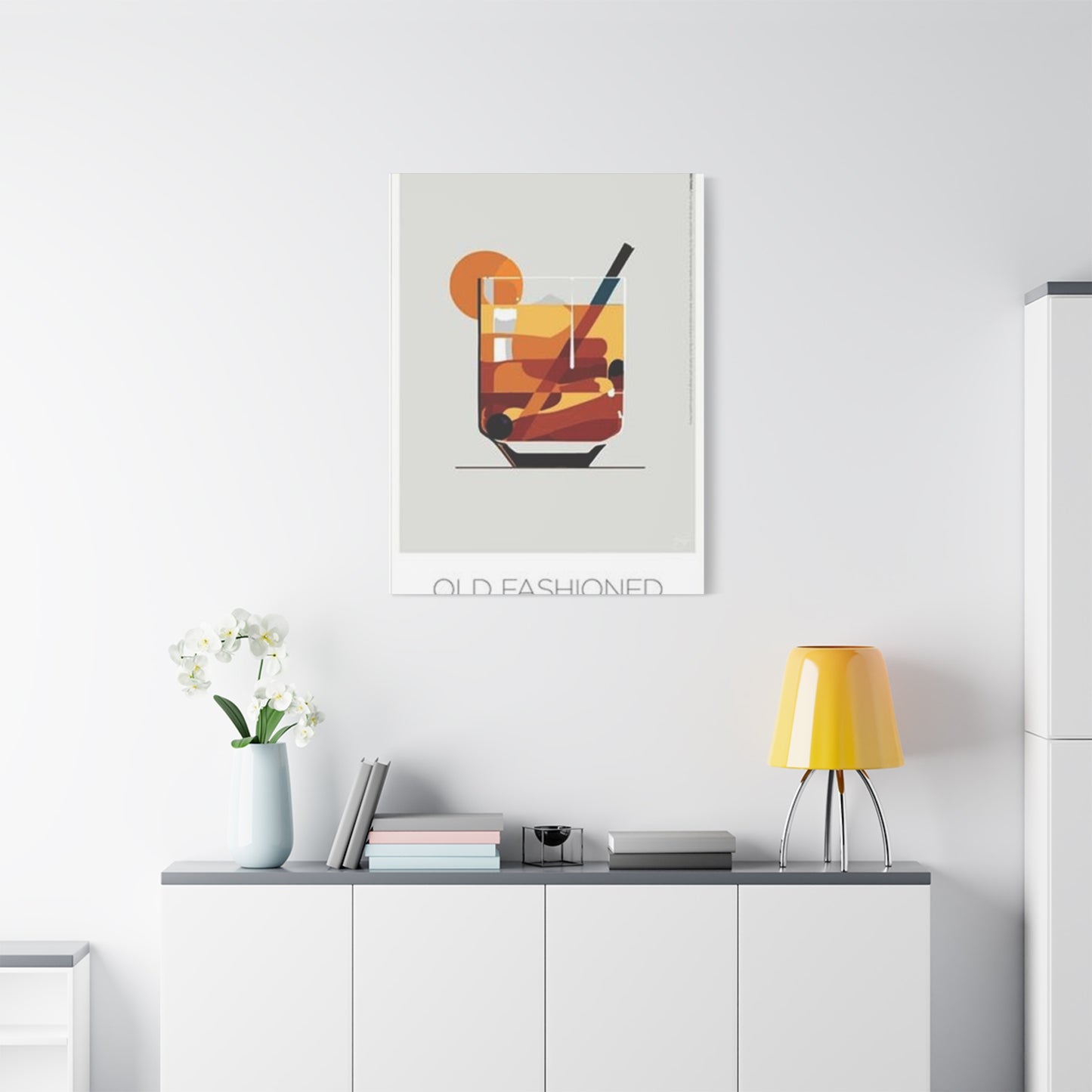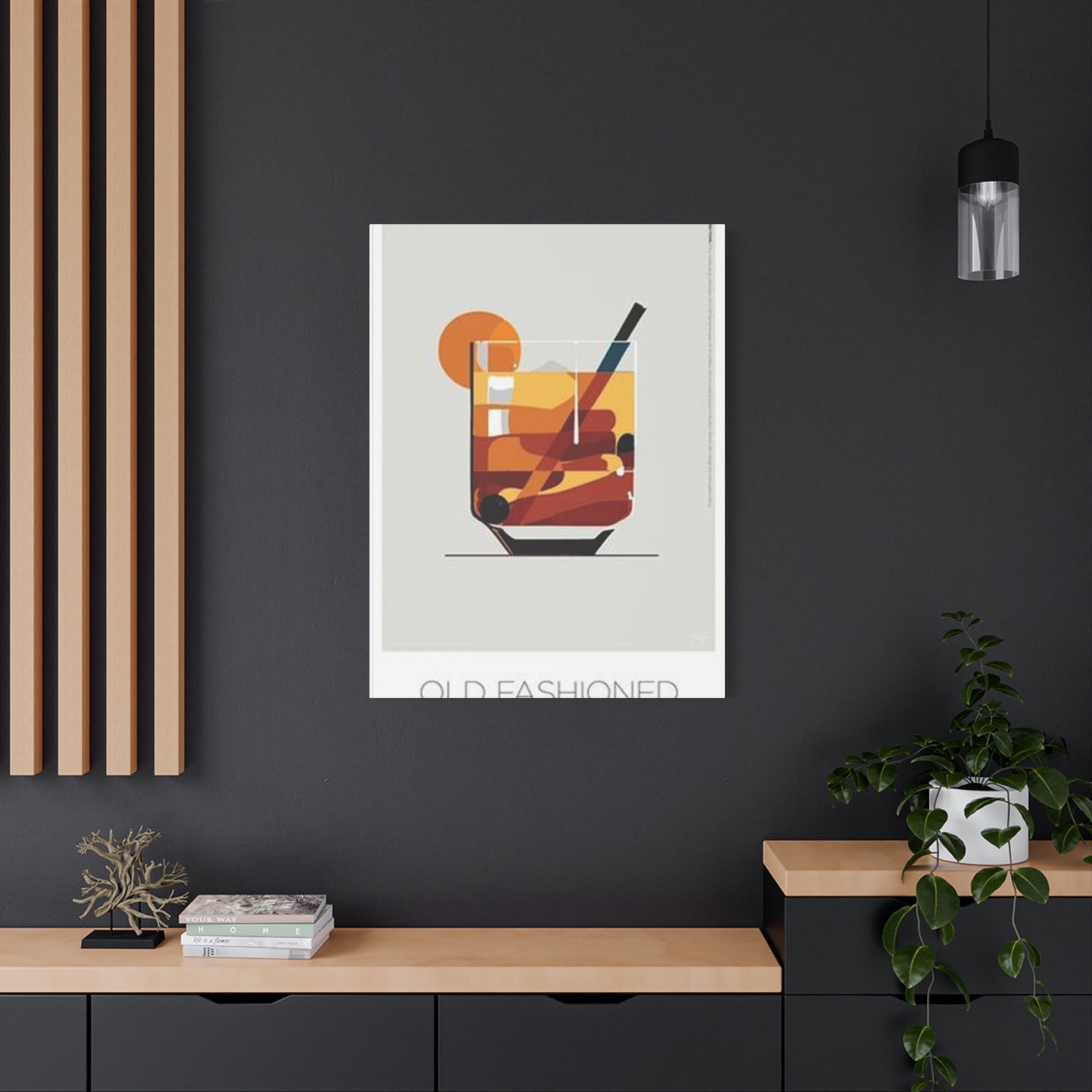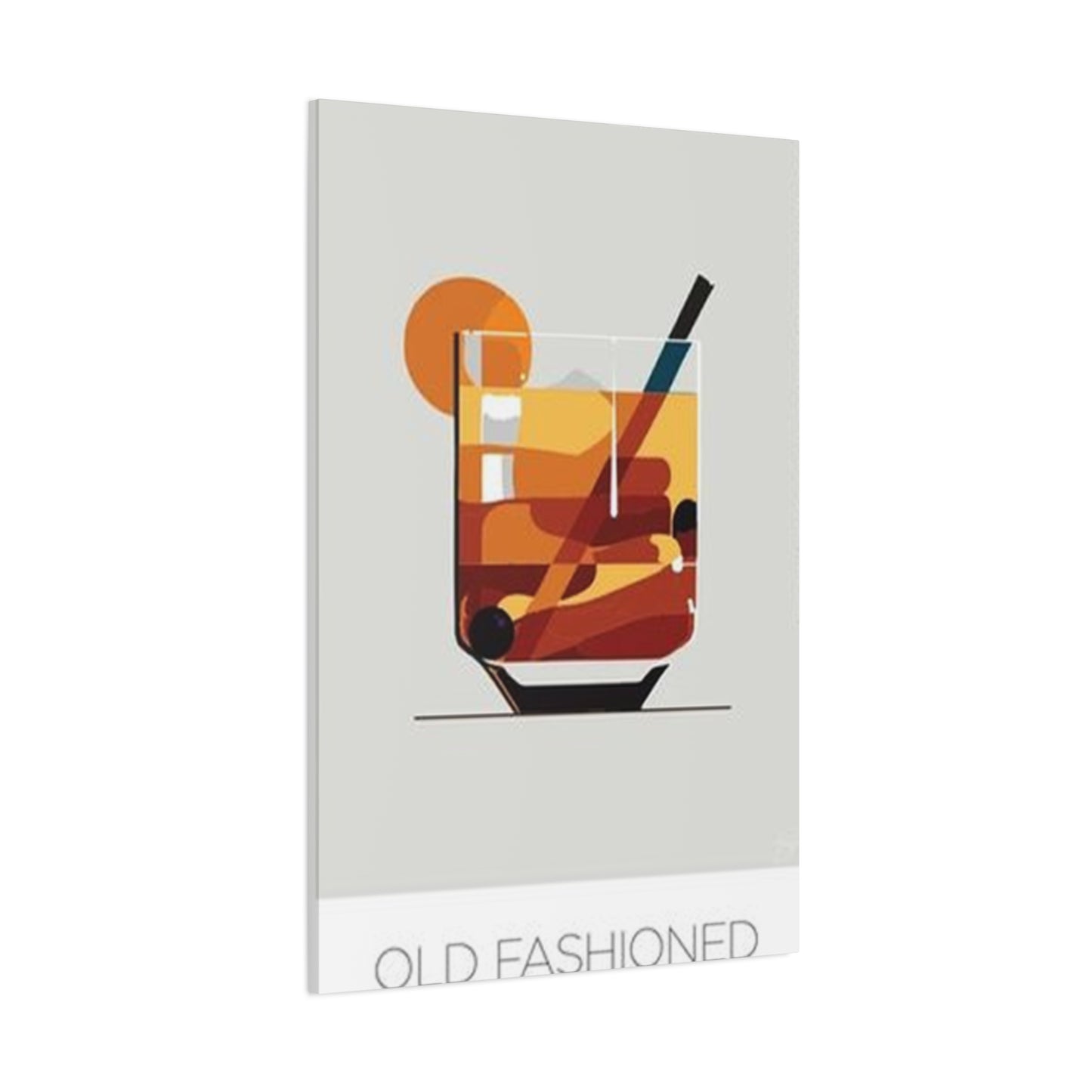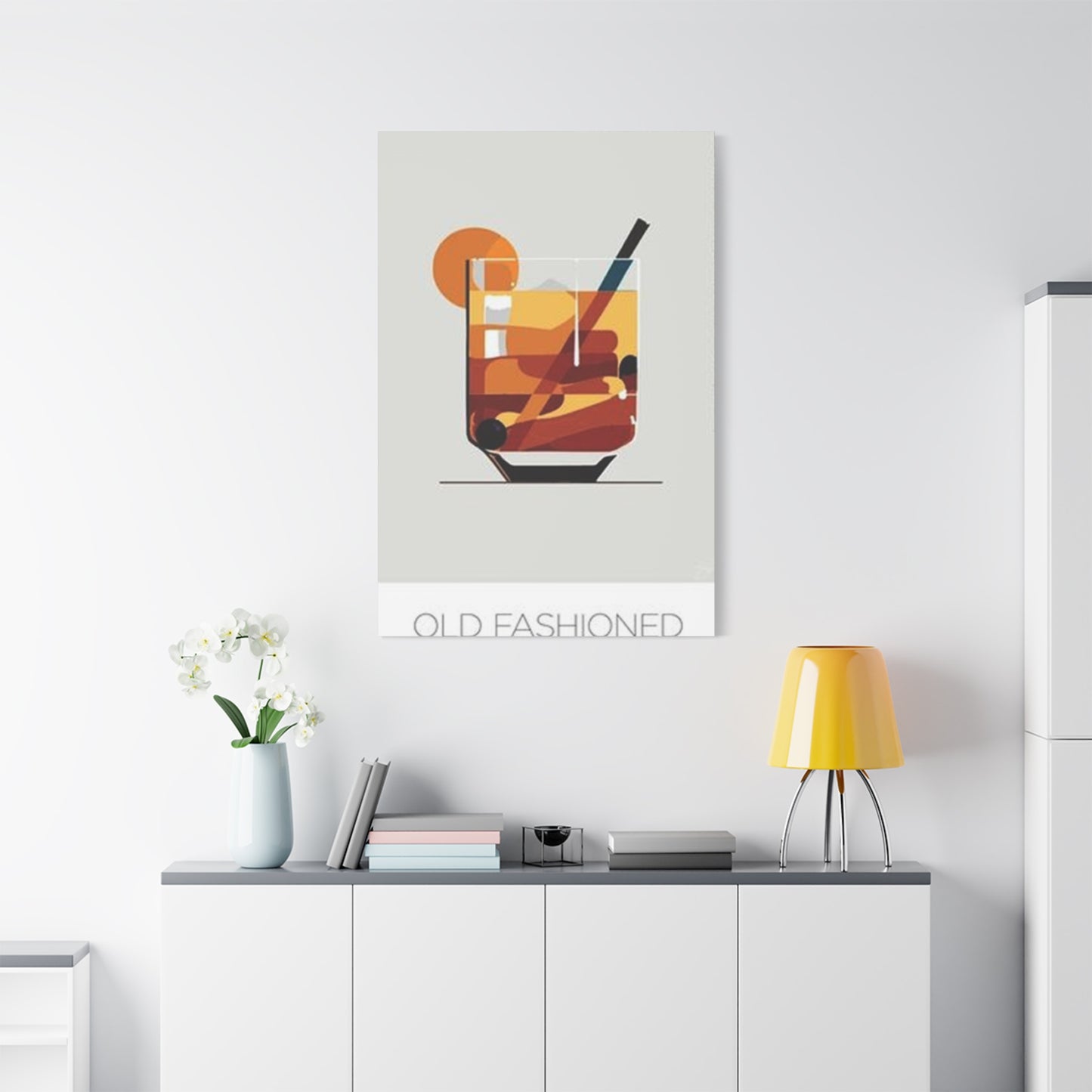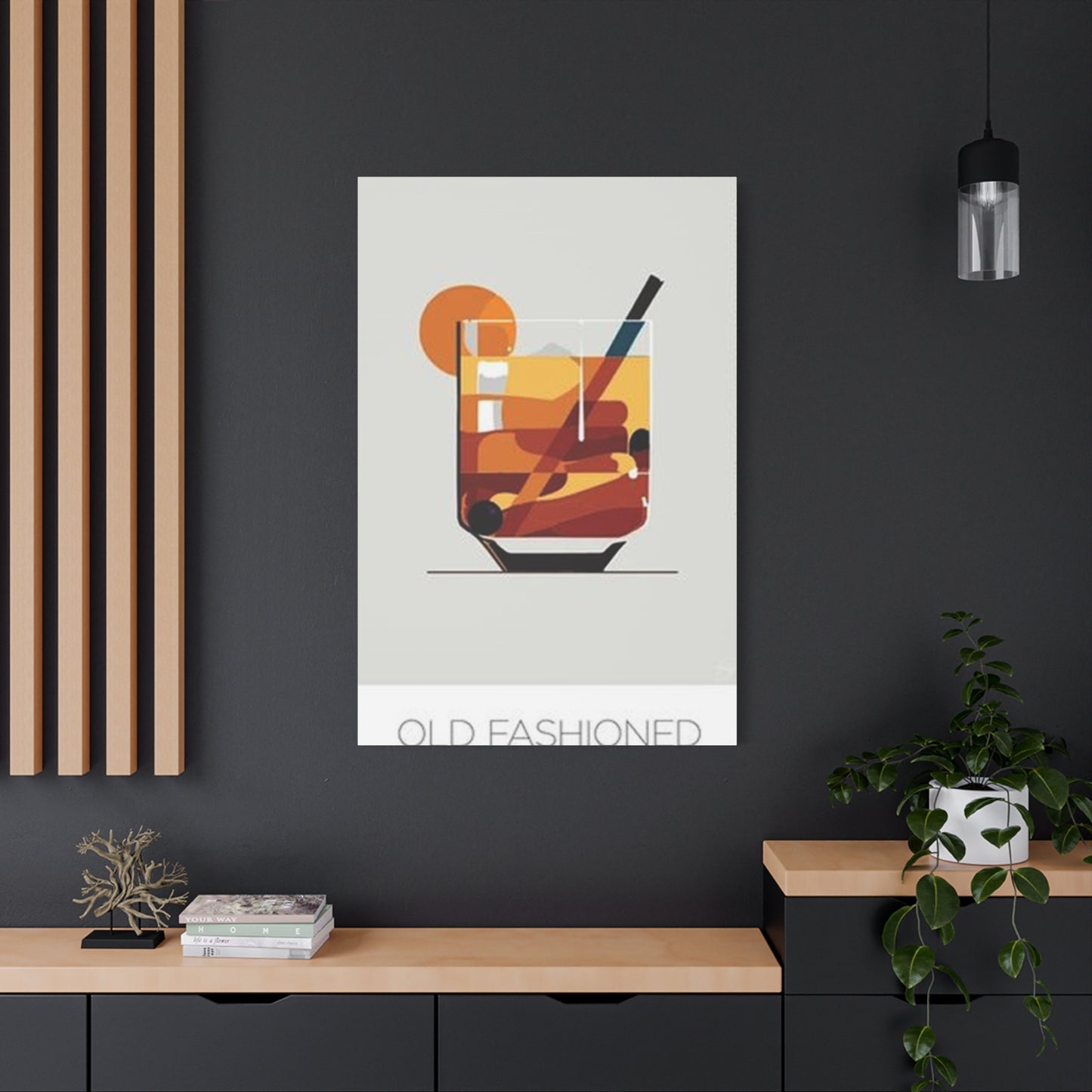The Ultimate Guide to Whiskey Wall Art: Transform Your Home with Captivating Spirit Photography
Whiskey photography has emerged as one of the most sophisticated and compelling forms of artistic expression for home enthusiasts and collectors alike. The rich amber tones, the intricate details of aged bottles, and the atmospheric qualities that surround this beloved spirit create visual narratives that transcend mere decoration. When carefully selected and properly displayed, whiskey-themed artwork transforms ordinary rooms into sophisticated sanctuaries that celebrate both craftsmanship and heritage.
The allure of whiskey photography lies in its ability to capture the essence of tradition, craftsmanship, and refinement in a single frame. These images tell stories of master distillers, aged oak barrels, and the patient art of fermentation that has been perfected over centuries. Each photograph becomes a window into a world where time moves slowly, where quality trumps quantity, and where every detail matters. This visual storytelling creates an immediate connection with viewers, evoking feelings of warmth, sophistication, and appreciation for the finer things in life.
Modern homeowners increasingly seek artwork that reflects their personal interests and passions while maintaining aesthetic appeal. Whiskey photography perfectly balances these desires, offering pieces that are both visually stunning and personally meaningful. The warm amber hues naturally complement a wide range of color schemes, from rich burgundies and deep browns to crisp whites and cool grays. This versatility makes whiskey wall art an excellent choice for various room settings, whether creating a dedicated tasting room, enhancing a home bar area, or simply adding character to a living room or study.
The photographic medium itself adds another layer of appeal to whiskey art. Unlike paintings or illustrations, photographs capture authentic moments and real textures, creating an immediate sense of connection and authenticity. The play of light through amber liquid, the weathered texture of aged wood, and the gleaming surfaces of crystal glasses all contribute to images that feel both artistic and genuine. This authenticity resonates with viewers who appreciate the real craftsmanship behind both the whiskey-making process and the photographic art that captures it.
Classic Whiskey Bottle Photography: Capturing Elegance and Heritage
Classic whiskey bottle photography represents the foundation of spirit-themed artwork, focusing on the bottles themselves as subjects worthy of artistic interpretation. These images celebrate the visual elements that make each whiskey unique: the distinctive shapes of bottles, the elegant curves of glass, the rich colors of the liquid within, and the carefully designed labels that tell each brand's story. Master photographers in this genre understand that a whiskey bottle is more than a container; it's a vessel of history, tradition, and craftsmanship.
The art of photographing whiskey bottles requires technical skill and aesthetic vision. Professional photographers must master lighting techniques that enhance the liquid's natural amber tones while avoiding harsh reflections on glass surfaces. The positioning of bottles becomes crucial, as the angle of view can dramatically affect how the whiskey appears within its container. Some photographers prefer straight-on compositions that emphasize the bottle's symmetry and label design, while others opt for dynamic angles that create visual interest and draw the viewer's eye through the frame.
Composition plays a vital role in creating compelling bottle photography. The most effective images often employ the rule of thirds, placing the bottle or its most interesting elements along imaginary lines that divide the frame into nine equal sections. This creates natural focal points that feel balanced and pleasing to the eye. Background selection becomes equally important, with many photographers choosing neutral tones that complement rather than compete with the bottle's colors and textures.
Lighting techniques in bottle photography require careful consideration of both the glass container and the liquid within. Backlighting can create stunning effects as light passes through the amber whiskey, creating a warm glow that emphasizes the spirit's color and clarity. Side lighting can highlight the texture of the glass and create dramatic shadows that add depth and dimension to the image. Some photographers use multiple light sources to achieve complex lighting scenarios that emphasize different aspects of the bottle simultaneously.
The choice of whiskey bottles themselves becomes an artistic decision. Rare and vintage bottles offer unique visual opportunities, with their distinctive shapes, aged labels, and historical significance adding layers of meaning to the photographs. Contemporary bottles might feature modern design elements that appeal to different aesthetic preferences. Some photographers focus on specific distilleries or regions, creating series that explore the visual differences between Scottish single malts, American bourbons, or Irish whiskeys.
Post-processing techniques allow photographers to enhance the natural beauty of whiskey bottles while maintaining authenticity. Color grading can warm the amber tones or cool them for different moods, while careful sharpening brings out the finest details in labels and glass textures. Contrast adjustments help separate the bottle from its background, creating images that have strong visual impact when displayed as wall art.
Warm Tones and Golden Hues: The Color Psychology of Whiskey Art
The warm color palette inherent in whiskey photography creates immediate psychological responses that make these images particularly effective as decorative elements. The golden and amber hues naturally associated with aged spirits evoke feelings of warmth, comfort, and luxury. These colors have been shown to create welcoming environments that encourage relaxation and conversation, making them ideal for social areas within the home.
Color psychology research indicates that warm tones like those found in whiskey photography can positively influence mood and behavior. Golden yellows are associated with optimism and mental clarity, while deeper amber tones suggest stability and earthiness. The rich browns often present in whiskey imagery connect viewers to natural elements, creating a sense of groundedness and authenticity. When incorporated into home decor, these warm tones can make rooms feel more inviting and comfortable.
The interplay between different warm tones within whiskey photography creates visual depth and interest. Lighter golden hues might dominate the liquid itself, while deeper brown tones appear in wooden elements or shadow areas. These tonal variations prevent the images from appearing flat or monotonous, instead creating rich, layered compositions that reward closer inspection. The subtle gradations between different warm tones mirror the complexity found in fine whiskeys themselves, where trained palates can detect dozens of different flavor notes.
Professional whiskey photographers understand how to manipulate and enhance these natural warm tones to create specific moods and atmospheres. During the shooting process, they might use warming filters or adjust white balance settings to emphasize the golden qualities of the light. In post-processing, careful color grading can enhance the warmth while maintaining natural-looking results. The goal is always to celebrate the inherent beauty of these warm tones rather than creating artificial or over-processed appearances.
The versatility of warm-toned whiskey photography extends to its ability to complement various decorating styles. Traditional rooms with rich wood paneling and leather furniture naturally embrace these golden hues, creating cohesive color schemes that feel intentional and sophisticated. Modern rooms with neutral color palettes can benefit from the warmth that whiskey photography introduces, preventing stark white or gray schemes from feeling cold or unwelcoming. Even rooms with cooler color schemes can incorporate warm-toned whiskey art as accent pieces that add visual interest and emotional warmth.
Seasonal considerations also play a role in the appeal of warm-toned whiskey photography. During autumn and winter months, when natural light becomes cooler and days grow shorter, artwork featuring golden and amber tones can help maintain a sense of warmth and coziness within the home. The psychological comfort provided by these warm colors becomes particularly valuable during periods when outdoor conditions might feel harsh or uninviting.
Rustic and Vintage Aesthetics in Whiskey Photography
The rustic aesthetic in whiskey photography celebrates the traditional, handcrafted aspects of spirit production that connect modern drinkers to centuries of distilling heritage. These images often feature weathered wood, aged metal fixtures, and other elements that speak to the artisanal nature of whiskey making. The visual appeal of rustic whiskey photography lies in its authenticity and its ability to transport viewers to simpler times when craftsmanship was valued above mass production.
Vintage elements in whiskey photography serve multiple aesthetic and emotional functions. Aged wooden barrels, with their distinctive char marks and weathered surfaces, represent the patience required for proper whiskey aging. Antique bottles with hand-blown glass and period-appropriate labels connect viewers to the historical continuity of whiskey production. Vintage bar tools and accessories add contextual elements that enhance the storytelling aspect of the imagery.
The textures present in rustic whiskey photography create tactile appeal that engages viewers on multiple sensory levels. Rough-hewn wood surfaces invite mental touch, while the smooth glass of bottles provides contrast and visual interest. Metal elements might show patina or wear that speaks to years of use and tradition. These varied textures work together to create images that feel rich and complex, offering new details to discover with each viewing.
Composition techniques in rustic whiskey photography often emphasize the handmade and authentic aspects of the subject matter. Asymmetrical arrangements might reflect the organic, non-industrial nature of traditional whiskey production. Natural lighting, when possible, enhances the authentic feel of these images, avoiding the artificial perfection that might undermine the rustic aesthetic. Photographers working in this style often seek out locations and props that reinforce the traditional, craftsmanship-focused narrative.
The appeal of rustic whiskey photography extends beyond mere nostalgia to encompass contemporary values around authenticity and quality. In an increasingly digital and mass-produced world, images that celebrate traditional craftsmanship resonate with viewers who value genuine skill and patience. These photographs become visual statements about priorities and values, suggesting appreciation for things that are made well and built to last.
Vintage whiskey photography often incorporates historical elements that add layers of meaning and interest. Period-appropriate clothing, antique glassware, and historical settings can transport viewers to specific eras in whiskey history. These temporal elements create opportunities for storytelling and education, as viewers might be inspired to learn more about the historical periods or whiskey traditions depicted in the artwork.
Mastering Moody Lighting in Whiskey Photography
Moody lighting techniques in whiskey photography create dramatic, atmospheric images that capture the sophisticated and contemplative nature of spirit appreciation. This lighting approach emphasizes shadows and highlights to create visual depth and emotional resonance. The interplay between light and dark areas within the frame mirrors the complexity and mystery often associated with fine whiskeys, creating images that invite closer inspection and contemplation.
The technical aspects of creating moody lighting require careful control of light sources and positioning. Low-key lighting setups, where the majority of the image remains in shadow with selected areas highlighted, can create intimate and sophisticated atmospheres. This approach often uses single light sources or carefully controlled multiple sources to create specific patterns of illumination. The positioning of lights relative to the whiskey bottles, glasses, or other subjects determines the mood and visual impact of the final image.
Shadow play becomes a crucial element in moody whiskey photography, with dark areas serving important compositional and emotional functions. Shadows can create mystery and sophistication, suggesting depth and complexity beyond what is immediately visible. The shapes and patterns created by shadows add visual interest and can guide the viewer's eye through the composition. Skilled photographers learn to use shadows as compositional elements in their own right, not merely as areas lacking light.
Highlight management in moody lighting scenarios requires precision and artistic judgment. The illuminated areas of the image carry significant visual weight and must be positioned strategically to create effective compositions. In whiskey photography, highlights might emphasize the amber glow of the liquid, the gleaming surface of crystal glasses, or the texture of wooden elements. The contrast between these bright areas and the surrounding shadows creates visual drama and emotional impact.
Color temperature considerations in moody whiskey photography can dramatically affect the final image's emotional tone. Warmer color temperatures enhance the cozy, intimate feeling associated with whiskey enjoyment, while slightly cooler temperatures might create more sophisticated or mysterious moods. The color of light sources can be modified using filters or adjusted in post-processing to achieve specific atmospheric effects.
Environmental factors play crucial roles in creating authentic moody lighting for whiskey photography. The setting itself might contribute to the lighting scenario, with elements like fireplaces, candles, or ambient room lighting adding to the atmospheric quality. These environmental light sources can create more natural-feeling moody lighting than purely artificial setups, though they require greater technical skill to manage effectively.
Close-Up Glass Photography: Revealing Intricate Details
Close-up whiskey glass photography opens a world of intricate details and textures that might be overlooked in wider compositions. These intimate images celebrate the craftsmanship evident in fine glassware while capturing the visual beauty of whiskey as it interacts with its container. The macro perspective reveals details like the cut patterns in crystal glasses, the way light refracts through amber liquid, and the delicate formation of legs as whiskey slides down glass walls.
The technical challenges of close-up whiskey glass photography require specialized equipment and techniques. Macro lenses allow photographers to capture fine details at high magnification ratios, revealing textures and patterns invisible to casual observation. The shallow depth of field characteristic of macro photography can be used creatively to isolate specific elements within the frame, drawing attention to particular details while allowing others to fall into artistic blur.
Focus stacking techniques enable photographers to achieve sharp detail throughout close-up images that would otherwise be limited by shallow depth of field. This process involves taking multiple images at different focus points and combining them in post-processing to create a final image with extended sharpness. The technique is particularly valuable when photographing textured glasses where maintaining detail from front to back enhances the overall impact of the image.
Lighting considerations in close-up glass photography become even more critical than in wider compositions. The proximity of the camera to the subject means that lighting must be precisely controlled to avoid unwanted reflections while still providing adequate illumination. Ring lights or carefully positioned small light sources can provide even illumination without creating harsh shadows or distracting reflections in glass surfaces.
The visual appeal of close-up whiskey glass photography lies in its ability to reveal hidden beauty in everyday objects. The intricate patterns cut into crystal glasses become abstract art when viewed at high magnification. The way whiskey adheres to glass surfaces creates temporary sculptures that change and evolve over time. These details, invisible in normal viewing conditions, become the focal points of artistic compositions that celebrate both the whiskey and the glassware that contains it.
Compositional approaches in close-up glass photography often emphasize pattern, texture, and form over traditional photographic elements. The curves and angles inherent in glass design create natural leading lines and compositional elements. The interaction between the amber whiskey and clear glass creates color contrasts that can be exploited for visual impact. Abstract compositions might focus on a single element, like the edge of a glass rim or the pattern of light refraction through liquid.
Creating the Perfect Vintage Bar Atmosphere
Vintage bar photography captures the timeless appeal of classic drinking establishments, creating images that evoke the golden age of cocktail culture and sophisticated social gathering. These photographs typically feature elements like aged wood bars, vintage glassware, classic cocktail tools, and atmospheric lighting that together create a sense of stepping back in time to an era of refined hospitality and craftsmanship.
The key elements of vintage bar photography include authentic or period-appropriate props and settings. Antique bar tools, with their solid construction and elegant designs, serve as both functional objects and artistic subjects. Vintage glassware, including everything from classic whiskey tumblers to ornate crystal decanters, adds visual interest and historical authenticity. The bar itself, whether actually antique or designed to appear aged, provides the foundation for these compositions.
Lighting design for vintage bar photography often mimics the warm, intimate illumination found in classic establishments. This might include the soft glow of Edison bulbs, the warm light from table lamps with fabric shades, or the atmospheric illumination provided by backlit bottle displays. The goal is to create lighting that feels period-appropriate while providing enough illumination for effective photography.
Color palettes in vintage bar photography typically emphasize rich, warm tones that were popular during the golden age of cocktail culture. Deep browns, warm golds, rich burgundies, and aged brass tones create cohesive color schemes that feel historically authentic. These colors not only look period-appropriate but also create the warm, inviting atmosphere associated with classic bars and lounges.
Composition techniques in vintage bar photography often employ traditional approaches that mirror the formal, elegant aesthetic of classic establishments. Symmetrical arrangements might reflect the orderly, professional appearance of well-maintained bars. The inclusion of human elements, whether hands preparing drinks or figures enjoying cocktails, can add narrative interest and help viewers connect emotionally with the scenes.
The storytelling aspect of vintage bar photography extends beyond mere decoration to encompass cultural history and social traditions. These images can evoke memories of classic films, literature, and music associated with the golden age of cocktail culture. They celebrate a time when social drinking was considered an art form and bartending was recognized as a skilled craft requiring knowledge, precision, and creativity.
Elegant Bottle Portraits: Artistic Approaches to Spirit Photography
Elegant bottle portrait photography treats whiskey bottles as subjects worthy of fine art treatment, emphasizing their design elements, historical significance, and visual beauty. This approach goes beyond simple product photography to create images that celebrate the artistry involved in both bottle design and whiskey production. The resulting photographs serve as tributes to the craftspeople who created both the containers and their contents.
The artistic approach to bottle portraits begins with careful selection of subjects based on their visual and historical interest. Rare or vintage bottles offer unique design elements that reflect the aesthetic preferences of their respective eras. Limited edition releases might feature special packaging or unique bottle shapes that provide interesting artistic opportunities. Even common bottles can become compelling subjects when approached with creativity and technical skill.
Lighting techniques for elegant bottle portraits must balance several considerations: revealing the bottle's design elements, showcasing the whiskey's color and clarity, and creating appropriate mood and atmosphere. This often requires complex lighting setups with multiple sources positioned to highlight different aspects of the subject. Key lighting might emphasize the bottle's silhouette, while fill lighting ensures that label details remain visible and whiskey color is accurately represented.
Background selection in bottle portrait photography significantly impacts the final image's mood and effectiveness. Neutral backgrounds allow the bottle to dominate the composition without distraction, while textured or colored backgrounds can complement the bottle's design elements or enhance the overall aesthetic. The background choice should support rather than compete with the main subject while contributing to the desired mood or atmosphere.
Post-processing techniques in elegant bottle photography can enhance natural beauty while maintaining authenticity. Color correction ensures accurate representation of both bottle and whiskey colors, while careful sharpening brings out fine details in labels and glass textures. Contrast adjustments can separate the bottle from its background and add visual drama without appearing artificial or over-processed.
The artistic value of bottle portraits extends beyond mere documentation to encompass celebration of design, craftsmanship, and tradition. These images acknowledge that whiskey bottles are designed objects that reflect cultural values, aesthetic preferences, and technical capabilities of their creators. By presenting bottles as art objects, these photographs encourage viewers to appreciate the thought and skill that goes into every aspect of whiskey production and presentation.
Timeless Spirit Photography Techniques and Styles
Timeless spirit photography encompasses approaches and techniques that transcend temporary trends to create images with enduring visual appeal and emotional resonance. This style focuses on fundamental elements of good photography—composition, lighting, and subject matter—rather than relying on contemporary effects or styling that might quickly appear dated. The goal is to create images that will remain visually compelling and relevant for years to come.
The concept of timelessness in photography often relates to classical compositional principles that have proven effective across generations of image-makers. The rule of thirds, leading lines, symmetry, and other foundational concepts provide structure for creating visually balanced and pleasing images. In spirit photography, these principles might be applied to arrange bottles, glasses, and accessories in ways that feel naturally harmonious and visually satisfying.
Lighting approaches in timeless spirit photography often favor natural or natural-appearing illumination over obviously artificial effects. This might mean working with available light whenever possible or using artificial sources in ways that mimic natural lighting conditions. The goal is to create illumination that enhances the subject without calling attention to the lighting setup itself, allowing viewers to focus on the whiskey and its associated elements.
Technical execution in timeless photography demands high standards of sharpness, exposure, and color accuracy. These fundamental technical qualities ensure that images will reproduce well in various formats and viewing conditions. Attention to technical details like proper exposure, accurate focus, and appropriate depth of field creates a foundation for images that will look professional and polished regardless of when they are viewed.
Subject selection for timeless spirit photography often emphasizes elements with enduring appeal rather than contemporary trends. Classic bottle shapes, traditional glassware, and time-tested presentation methods are more likely to remain visually relevant than trendy accessories or styling approaches that might quickly appear outdated. This doesn't mean avoiding contemporary elements entirely, but rather choosing them carefully for their long-term aesthetic value.
The editing and post-processing approach in timeless photography typically favors subtle enhancements over dramatic effects. The goal is to improve the natural qualities of the image rather than transforming it into something artificial or heavily stylized. This might include careful color correction, modest contrast adjustments, and precise sharpening that enhances detail without creating obvious artifacts or unnatural appearances.
Cozy Home Integration: Whiskey Art in Living Environments
Integrating whiskey art into living environments requires thoughtful consideration of both aesthetic and practical factors to create cohesive, comfortable homes that reflect personal interests while maintaining broad appeal. The warm tones and sophisticated subjects of whiskey photography can enhance various room types, from formal dining areas to casual family rooms, when selected and positioned appropriately.
Scale considerations play a crucial role in successful whiskey art integration. Large-scale pieces can serve as focal points in spacious rooms, drawing the eye and creating visual anchors for furniture arrangements. Medium-sized pieces work well in groupings or as part of gallery walls that combine multiple related images. Smaller pieces might be used in intimate settings or as accents that complement larger decorative elements without competing for attention.
Placement strategies for whiskey art depend on both the specific images and the rooms where they will be displayed. Eye-level positioning ensures comfortable viewing, while strategic placement relative to furniture and other room elements can create visual connections and flow. In dining areas, whiskey art might be positioned to be viewed during meals, creating conversation starters and enhancing the social atmosphere. In home offices or studies, these images might provide visual interest during breaks from work.
Framing choices significantly impact how whiskey art integrates into home environments. Traditional frames in rich woods or metals can complement the warm tones typically found in whiskey photography while adding elegance and formality. Modern frames in sleek metals or bold colors might be appropriate in contemporary settings where contrast is desired. The frame selection should support both the image and the room's overall aesthetic without overwhelming either element.
Color coordination between whiskey art and existing room elements creates cohesive decorating schemes that feel intentional rather than haphazard. The warm amber and golden tones in whiskey photography naturally complement earth-tone color palettes but can also provide warmth in rooms with cooler color schemes. Existing brown leather furniture, wooden elements, or bronze fixtures can echo colors found in whiskey art, creating visual connections throughout the room.
Lighting considerations for displayed whiskey art ensure optimal viewing while protecting the images from damage. Natural light can enhance the warm tones in whiskey photography but should be filtered to prevent fading or degradation over time. Artificial lighting, whether from ceiling fixtures or dedicated picture lights, should provide even illumination without creating glare on glass surfaces or washing out the image colors.
Advanced Techniques for Wood Texture Integration
Wood texture integration in whiskey photography creates visual connections between the subject matter and the traditional materials associated with whiskey production and consumption. The inclusion of wood elements—whether as backgrounds, props, or compositional elements—adds authenticity and warmth to images while reinforcing the handcrafted, traditional aspects of whiskey culture.
The selection of appropriate wood types for whiskey photography depends on both aesthetic considerations and historical accuracy. Oak, being the primary wood used for whiskey barrels, creates authentic connections to the aging process. Reclaimed barn wood or weathered fence planks can provide rustic textures that complement vintage or traditional whiskey presentations. Refined woods like walnut or mahogany might be appropriate for more elegant or formal compositions.
Texture emphasis techniques in wood integration photography require careful lighting and composition to highlight the natural beauty of wood surfaces. Raking light—illumination that strikes the surface at acute angles—can dramatically emphasize wood grain and surface texture. This technique reveals the natural patterns and imperfections that make each piece of wood unique and visually interesting.
The relationship between wood elements and whiskey subjects within the frame requires careful compositional consideration. Wood might serve as a neutral background that doesn't compete with the main subject, or it might become an integral part of the composition itself. The grain patterns, color variations, and surface textures of wood can create natural leading lines or compositional elements that enhance rather than distract from the whiskey-related subjects.
Color harmony between wood tones and whiskey colors creates cohesive images that feel naturally balanced. The warm brown tones of aged wood naturally complement the amber and golden hues of whiskey, creating color schemes that feel organic and pleasing. Variations in wood color, from light honey tones to deep chocolate browns, can provide subtle contrast and visual interest without disrupting the overall harmony of the composition.
Surface preparation and treatment of wood elements can significantly impact the final photographic results. Some situations might call for highlighting the natural, weathered appearance of aged wood, while others might benefit from subtle cleaning or conditioning that enhances the wood's natural beauty without making it appear artificial. The goal is always to present wood elements in ways that support the overall aesthetic goals of the image.
Artistic Aging Process Documentation Through Photography
Photographing the whiskey aging process creates unique artistic opportunities to document the transformation that occurs as spirits mature in wooden barrels. This specialized area of whiskey photography celebrates the patience and craftsmanship required for proper aging while creating visually compelling images that tell the story of time's effect on both the whiskey and its containers.
Time-lapse concepts in aging documentation, while challenging to execute practically, can be represented through carefully planned series that show different stages of the aging process. This might involve photographing barrels or whiskey samples at various points during maturation, creating visual narratives that demonstrate the gradual changes in color, clarity, and other visible characteristics that occur over months or years of aging.
The environmental aspects of aging facilities—rickhouses, warehouses, and cellars—provide rich photographic opportunities that context and atmosphere to aging documentation. These facilities often feature dramatic lighting conditions, with shafts of sunlight filtering through windows or doorways to illuminate rows of aging barrels. The architecture of these buildings, often designed specifically for whiskey storage, creates compelling backgrounds and compositional elements.
Barrel photography within aging documentation focuses on the containers themselves as subjects that change and evolve during the whiskey maturation process. New barrels with their fresh char marks and uniform appearance contrast dramatically with aged barrels that show staining, weathering, and other signs of their service. The visual evolution of the barrels themselves becomes part of the story being told through the photography.
Technical considerations in aging process photography often involve challenging lighting conditions and restricted access to aging facilities. Low-light situations require appropriate camera settings and possibly specialized equipment to achieve sharp, well-exposed images. The dusty environment of many aging facilities can impact both equipment and image quality, requiring careful cleaning and protection procedures.
The documentary value of aging process photography extends beyond artistic appeal to encompass historical and educational significance. These images preserve visual records of traditional whiskey-making processes that might change or disappear as technology and industry practices evolve. They serve as both artistic expressions and historical documents that future generations can study to understand how whiskey was produced during specific periods.
Dramatic Shadow Play in Whiskey Art Creation
Dramatic shadow techniques in whiskey art creation utilize the interplay between light and dark areas to create images with strong visual impact and emotional resonance. This approach to whiskey photography emphasizes mood and atmosphere over literal representation, creating artwork that engages viewers on emotional and aesthetic levels while celebrating the sophisticated nature of whiskey appreciation.
The technical foundations of dramatic shadow photography require precise control of lighting equipment and careful attention to the relationship between illuminated and shadow areas. This often involves using single light sources or carefully controlled multiple sources to create specific patterns of light and shadow. The positioning of lights, subjects, and any light-modifying equipment determines the final shadow patterns and their visual impact.
Shadow shapes and patterns become compositional elements in their own right, contributing to the overall design and visual flow of the image. Well-designed shadows can create leading lines that guide the viewer's eye through the composition, provide visual balance to brightly lit areas, or add geometric interest to organic subjects. The shapes created by shadows might echo the forms of bottles, glasses, or other whiskey-related subjects, creating visual harmony throughout the image.
Contrast management in dramatic shadow photography requires careful attention to the relationship between the darkest and lightest areas of the image. High contrast can create bold, striking images that command attention, while more moderate contrast might produce sophisticated, subtle effects. The appropriate level of contrast depends on the intended mood and the specific subjects being photographed.
The emotional impact of dramatic shadows in whiskey photography connects to fundamental human responses to light and dark. Shadows can create mystery, sophistication, or intimacy, depending on their quality and placement within the composition. These emotional responses make dramatic shadow photography particularly effective for creating artwork that engages viewers and creates lasting impressions.
Color considerations in dramatic shadow work often emphasize the warm tones naturally present in whiskey subjects while using shadows to provide visual contrast and depth. The golden and amber hues of whiskey and associated elements gain increased impact when contrasted against deep, rich shadows. This interplay between warm highlights and cool shadows creates visual depth and dimensional quality that enhances the overall artistic effect.
Creating Perfect Decor for Whiskey Enthusiasts
Designing perfect decor arrangements for whiskey enthusiasts requires understanding both the aesthetic elements that appeal to spirit lovers and the practical considerations of creating functional, beautiful living environments. This specialized approach to home decoration celebrates whiskey culture while maintaining broad appeal and sophisticated visual standards that enhance rather than overwhelm living environments.
The foundation of whiskey-focused decor lies in selecting artwork and accessories that authentically represent whiskey culture without appearing gimmicky or overwhelming. High-quality whiskey photography, well-chosen antique whiskey accessories, and carefully selected books about spirits and distilling create sophisticated focal points that celebrate the subject matter while maintaining artistic integrity. The key is choosing elements that would appeal to both whiskey enthusiasts and visitors who might not share the same level of interest in spirits.
Color palette development for whiskey-themed decor naturally emphasizes the warm tones associated with aged spirits: rich ambers, deep golds, warm browns, and complementary earth tones. These colors create welcoming, sophisticated environments that feel both masculine and universally appealing. The warm palette works particularly well in rooms designed for relaxation and social gathering, such as home libraries, family rooms, or dedicated tasting areas.
Furniture selection and arrangement in whiskey-focused decor should prioritize comfort and conversation while incorporating materials and styles that complement whiskey culture. Rich leather seating, solid wood tables and cabinets, and quality craftsmanship in all pieces reflect the values associated with fine whiskey: patience, tradition, and attention to detail. The arrangement should encourage social interaction and create comfortable environments for leisurely appreciation of both conversation and spirits.
Lighting design in whiskey-themed decor requires careful balance between functional illumination and atmospheric mood creation. Warm-toned lighting enhances the color palette while creating comfortable environments for reading, conversation, and whiskey appreciation. Table lamps with fabric shades, wall sconces with warm bulbs, and carefully positioned accent lighting can create layered illumination that serves both practical and aesthetic functions.
Accessory selection and display in whiskey decor extends beyond artwork to include functional items that serve both practical and decorative purposes. Quality decanters, interesting glasses, vintage bar tools, and whiskey-related books can be displayed in ways that create visual interest while remaining accessible for actual use. The goal is to create environments that look sophisticated and intentional while remaining functional and comfortable for everyday living.
Professional Photography Tips for Whiskey Art Creation
Professional whiskey photography requires mastery of technical skills, artistic vision, and specialized knowledge about both photography and whiskey culture. Creating compelling whiskey art demands understanding of lighting techniques, composition principles, and the specific challenges presented by photographing glass, liquid, and reflective surfaces in ways that create visually appealing and emotionally resonant images.
Camera settings and technical considerations for whiskey photography begin with understanding the specific challenges presented by the subject matter. Glass surfaces create reflections that can be distracting or beneficial, depending on how they are managed. Liquid subjects require precise focus and careful attention to depth of field. The amber colors of whiskey demand accurate color reproduction and careful white balance management to maintain natural-looking results.
Lens selection for whiskey photography depends on the specific type of images being created. Macro lenses enable close-up detail work that reveals textures and patterns invisible to casual observation. Standard focal length lenses provide natural perspective for bottle portraits and table-top arrangements. Wide-angle lenses might be appropriate for environmental shots that show whiskey in context within bars or distilleries, though care must be taken to avoid distortion that might detract from the subject matter.
Lighting equipment and techniques for professional whiskey photography often require specialized gear and setups. Softboxes provide even, diffused light that minimizes harsh reflections on glass surfaces. Reflectors can redirect light to fill shadow areas or create specific highlighting effects. Background lighting systems can create separation between subjects and their backgrounds while adding visual depth to the composition.
Composition strategies in professional whiskey photography must balance artistic vision with technical requirements. The rule of thirds provides a foundation for creating visually balanced images, while leading lines and other compositional elements guide viewer attention through the frame. The arrangement of subjects within the frame should feel natural and intentional while showcasing the most appealing aspects of the whiskey and associated elements.
Post-processing workflows for whiskey photography require careful attention to color accuracy, sharpening, and contrast management. Color grading can enhance the warm tones naturally present in whiskey subjects while maintaining realistic appearances. Selective sharpening brings out important details without creating artifacts or unnatural-looking edges. Careful contrast adjustments can add visual drama and separation without overwhelming the natural beauty of the subjects.
Seasonal Considerations in Whiskey Wall Art Display
Seasonal considerations in whiskey wall art display recognize that lighting conditions, color preferences, and emotional needs change throughout the year, creating opportunities to refresh and optimize art displays for maximum impact and enjoyment. Understanding these seasonal variations allows homeowners to create dynamic, responsive environments that remain engaging and appropriate year-round.
Spring display considerations often emphasize renewal and freshness while maintaining the sophisticated appeal of whiskey art. This might involve lighter framing choices, increased natural light exposure, or the addition of complementary elements that reflect the season's energy. The warm tones of whiskey photography can provide welcome contrast to the cool, fresh colors associated with spring while maintaining visual harmony with seasonal decorating schemes.
Summer approaches to whiskey art display might focus on creating cool, comfortable viewing environments that provide visual relief from outdoor heat and brightness. This could involve positioning artwork away from direct sunlight to prevent damage while using interior lighting to maintain optimal viewing conditions. The sophisticated, contemplative nature of whiskey photography can create appealing indoor retreats during periods of intense outdoor heat and activity.
Autumn represents the ideal season for whiskey art display, as the warm amber and golden tones naturally complement the colors of changing leaves and harvest seasons. This is an excellent time to feature the richest, warmest pieces in a collection or to add new works that celebrate the connections between whiskey culture and autumn traditions. The cozy, intimate feelings associated with fall weather align perfectly with the contemplative nature of whiskey appreciation.
Winter display strategies for whiskey art emphasize warmth and comfort during the coldest months of the year. The rich, warm tones inherent in whiskey photography become particularly valuable during periods when natural light is limited and outdoor conditions are harsh. Strategic lighting can enhance the warming effect of these images while creating cozy, inviting environments that encourage relaxation and contemplation.
Practical considerations for seasonal whiskey art display include protecting artwork from temperature and humidity fluctuations that might occur with changing weather and heating/cooling systems. Monitoring environmental conditions and making adjustments as needed helps preserve the investment in quality artwork while ensuring optimal viewing conditions throughout the year.
Conclusion
Whiskey wall art offers more than just visual appeal—it’s a celebration of craftsmanship, heritage, and the timeless allure of one of the world’s most beloved spirits. Through captivating photography and artful compositions, whiskey-themed artwork brings warmth, character, and sophistication to any space. Whether it's a close-up of aged barrels, a glistening glass of neat scotch, or a vintage bottle label captured in perfect light, whiskey wall art invites viewers to savor the experience and tradition behind every pour.
One of the most compelling aspects of whiskey wall art is its ability to elevate a room’s ambiance. These pieces introduce a refined and masculine aesthetic that works beautifully in home bars, man caves, dining areas, and even modern living rooms. The rich tones of amber, oak, and charcoal found in whiskey imagery pair seamlessly with dark wood, leather furniture, and industrial design elements, creating an environment that feels both stylish and inviting.
Beyond aesthetics, whiskey wall art also tells a story. It speaks of history, patience, and passion—the essence of what it takes to create a fine bottle of whiskey. For enthusiasts and collectors, these images reflect a personal connection to the spirit, whether through favorite distilleries, memorable tastings, or the ritual of unwinding with a glass in hand. In this way, the artwork becomes more than decor—it becomes part of your identity and lifestyle.
The versatility of whiskey photography is also worth noting. From sleek black-and-white prints to moody, cinematic shots full of texture and depth, there's a wide range of artistic styles to suit various tastes. Whether you’re aiming for rustic charm, vintage flair, or a contemporary vibe, there’s a piece of whiskey wall art that will seamlessly complement your interior and personal style.
In conclusion, whiskey wall art is the perfect fusion of visual sophistication and personal expression. It transforms your home into a space that not only looks refined but also tells a story of appreciation for the finer things in life. With the right piece, your walls can evoke the rich atmosphere of an old-world distillery, a cozy bar, or a quiet evening of reflection—bringing the spirit of whiskey into your everyday living experience.

















